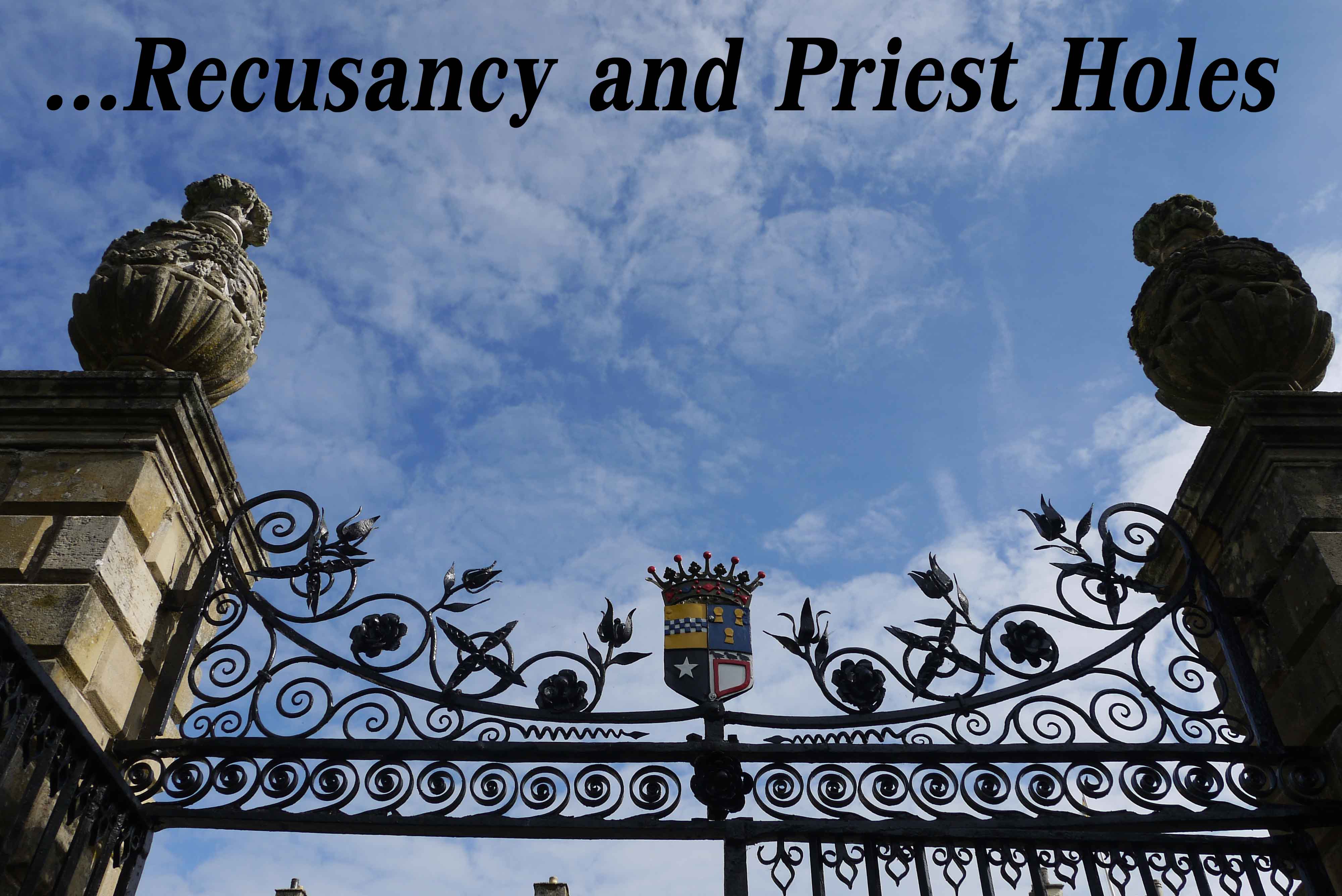The main reason for travelling to Cassino was to visit the Commonwealth War Cemetery where Mr C’s grandfather is listed on one of the large tablets that commemorates soldiers with no known grave. Mr C’s grandfather took part in the invasion of Sicily in 1943 but the glider he was in was one of many that fell short of land and ditched into the Mediterranean and he was drowned.
We stayed in the Hotel La Pace (which translates as the Peace Hotel) where the hotelier, Pino, hosts talks on the battles of Monte Cassino and the Italian campaign of 1943-1944. Pino wishes to educate young people about what happened in Cassino so that those events are not forgotten by the younger generation.
Pino has undertaken extensive research into the battles of Monte Cassino and has produced videos that tell the story using a mixture of maps and diagrams, archive footage and footage from war films.
For our talk, in English, we were joined by Mauro, an English-speaking Italian. Each of the three men had a connection to the Italian campaign. Mr C told his grandfather’s story. Mauro told the story of his father who was disarmed by the Bersaglieri (Italian military police) and interned by them at the time of Italy’s surrender. Pino told the story of his grandfather who, aged 8, was sheltering inside the abbey of Monte Cassino when it was bombed during the battle.
The bombing of Monte Cassino abbey remains controversial to this day. The campaign was led by an American general, Mark Clark, in his first command of as overall commander of a battlefront. Clark was a cautious commander and had already missed opportunities to shorten the war in Italy. The Allied generals were convinced that the abbey was a German strongpoint and didn’t know that monks and villagers were sheltering there. Debate raged until Clark agreed to the razing of the abbey. Permission was sought and obtained from Pope Pius XII and the bombing was planned for 16 February 1944. The idea was that the bombing would force the German defenders to take cover allowing the Allied infantry to gain ground unopposed and in doing so, break through the German’s Gustav Line and open the road to Rome.
The United States Air Force (USAF) was tasked with bombing the abbey and chose to try out a new technique for bombing targets. In order to evaluate this new technique, several camera crews were brought in to film the bombing and its effectiveness. Because of weather reports, the USAF moved the bombing forward a day but failed to notify the ground troops, negating the reason for bombing the abbey in the first place. After the dust had settled, the Germans occupied the ruins, taking advantage of the extra cover they provided. The Germans had not previously stationed troops inside the abbey.
Pino showed some of the archive footage taken that day. It was shocking to watch, especially knowing that it was a useless act. Both he and Mauro were very critical of Italy’s King Victor Emmanuel III and Marshal Badoglio, who took over leadership of the Italian Government after Mussolini was deposed. The conversation between Pino, Mauro and Mr C was interesting because each of them had very different knowledge about, and perspectives on, the events that took place. One slightly odd thing that came out is that in 1946, the Italians made a movie about the bombing of the abbey which featured extras drawn from the townsfolk, a number of whom had been inside the abbey at the time it was bombed.
The battle of Monte Cassino was multi-national and the town has three war cemeteries, one for the Germans, one for the Poles, who were heavily engaged in the battle and lost many casualties, and one for the Commonwealth. The Commonwealth cemetery contains the remains of more than 5,000 soldiers, sailors and airmen from the United Kingdom, Canada, Australia, New Zealand, South Africa, India, Nepal and Pakistan.
- Acknowledgement is given to the Armchair General for his contributions to this post














Dear Cherie hope you are doing great ????
It was nice to learn about your father in law’s history and how you participated in 1943 invasion of Sicily .sounds like a sad story to me!
I enjoyed reading your stay in Monte hotel
Hugs and best wishes ????
It is a sad story. It is important to remember so the same mistakes aren’t repeated.
Lest we forget!
It is important to remember.
But also, nothing lasts forever…
Sigh.